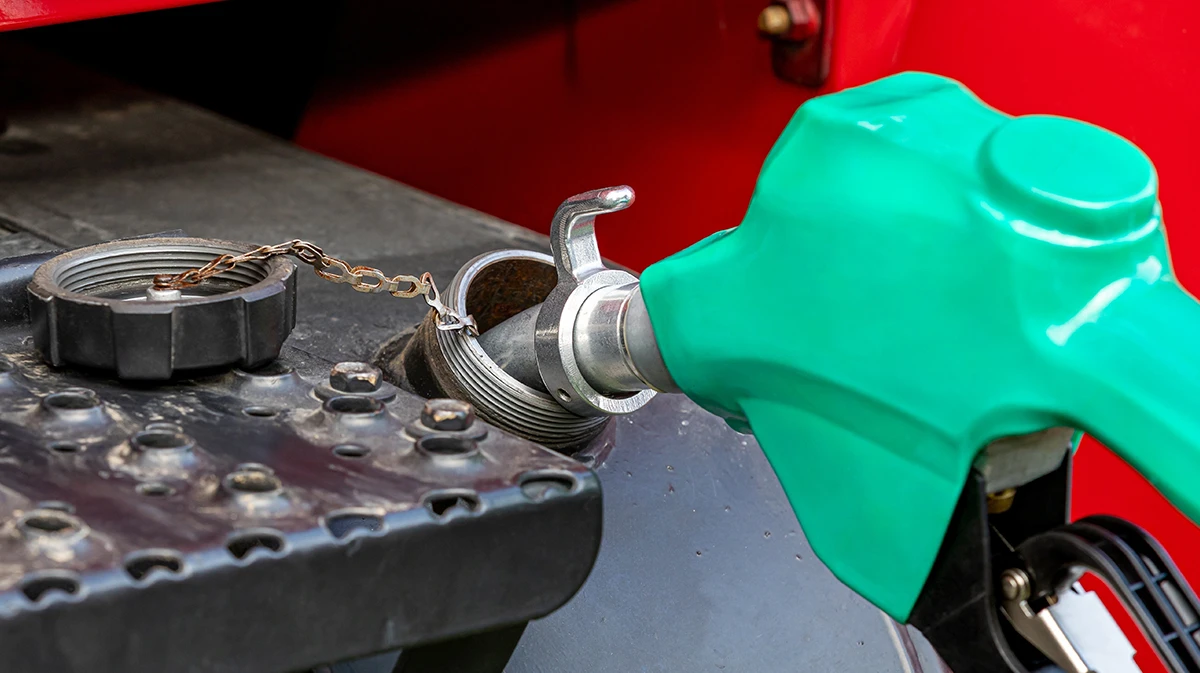The work ethic of farmers is often held up as the gold standard. The classic English proverb “Make hay while the sun shines” refers to the fact that farmers take advantage of the conditions they need to get the job done. Seeing farmers out working in their fields at all hours is a common sight. However, the industry is changing, with pressure to increase crop yields while dealing with labor shortages.
OEMs are working hard to help farmers by incorporating technology to overcome production and labor challenges. The increase in research and development of autonomous equipment is a good example of technology with the potential to transform farming.
According to the U.S. Department of Agriculture Economic Research Service, the ongoing transformation of farming that includes digitalization and automation of farming tasks may be an important part of the solution to challenges facing U.S. agriculture, including rising production costs, climate change, and labor shortages.
The global autonomous farm equipment market is expected to grow from a value of USD 68.15 billion in 2023 to an anticipated USD 121.81 billion by 2033.
A McKinsey & Company article from 2023 says that shifting pressures are leading farmers to be more open to agtech innovations as potential tools to optimize their returns and minimize their financial risk.





